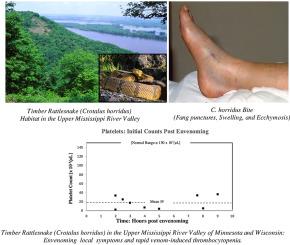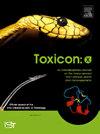Timber rattlesnake (Crotalus horridus): Biology, conservation, and envenomation in the Upper Mississippi River Valley (1982–2020)
Abstract
The Timber Rattlesnake (Crotalus horridus) is the largest pit viper in the Northern United States and is the prominent venomous snake species indigenous to the bluff land habitats of the Upper Mississippi River Valley (UMRV). Conservation of C. horridus in this geographic region not only preserves the ecosystem's biodiversity and ecological balance, but also assures the continued study of their biomedically important venoms/toxins. Field studies of C. horridus biology and natural history performed from 1985 to 2015 in southeastern Minnesota and western Wisconsin along the Mississippi River showed populations have declined. Consequently, the implementation of improved conservation measures afforded the species protective status in both states. Historically, accounts of Timber Rattlesnake bites in the UMRV have been sparse, and medical consequences of envenomation have had limited documentation. However, in recent decades cases of envenomation by C. horridus have continued to occur. Retrospective analysis of clinical toxinology consultations documented from 1982 to 2020 on cases of envenomation by C. horridus in the UMRV revealed a very low incidence of bites annually and revealed that their venom can induce a rapid and precipitous decline in platelets.


 求助内容:
求助内容: 应助结果提醒方式:
应助结果提醒方式:


